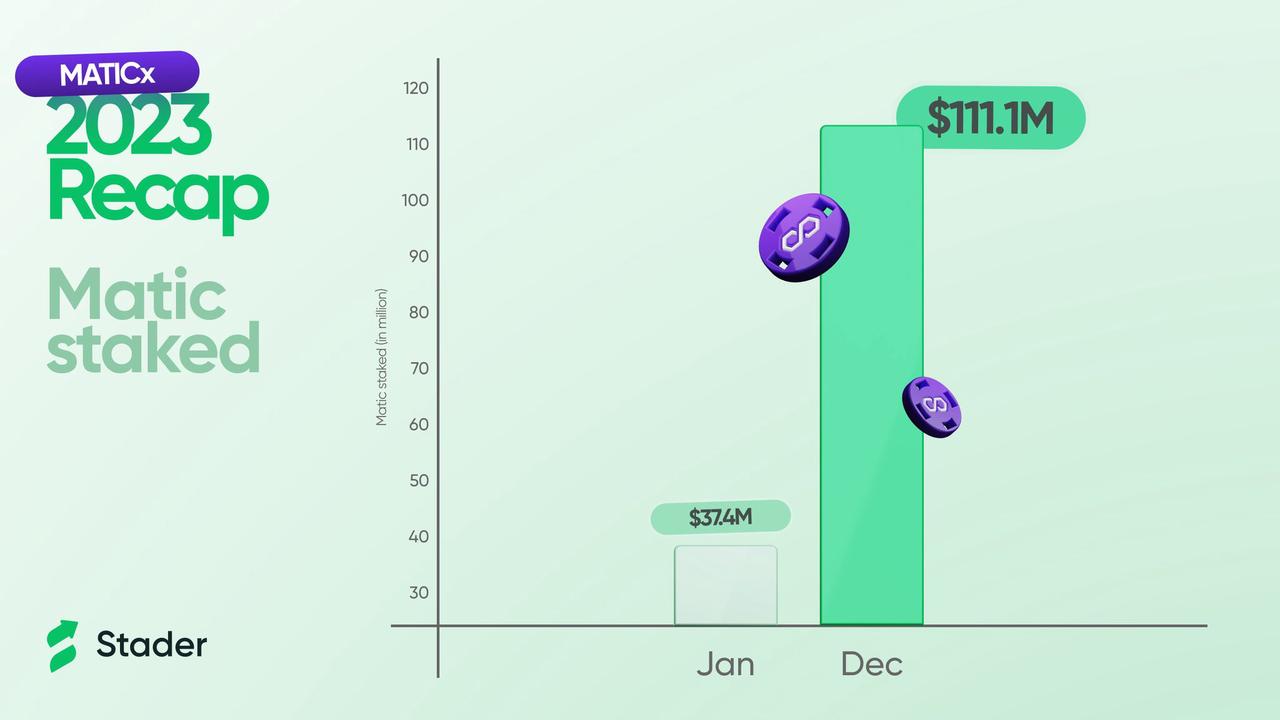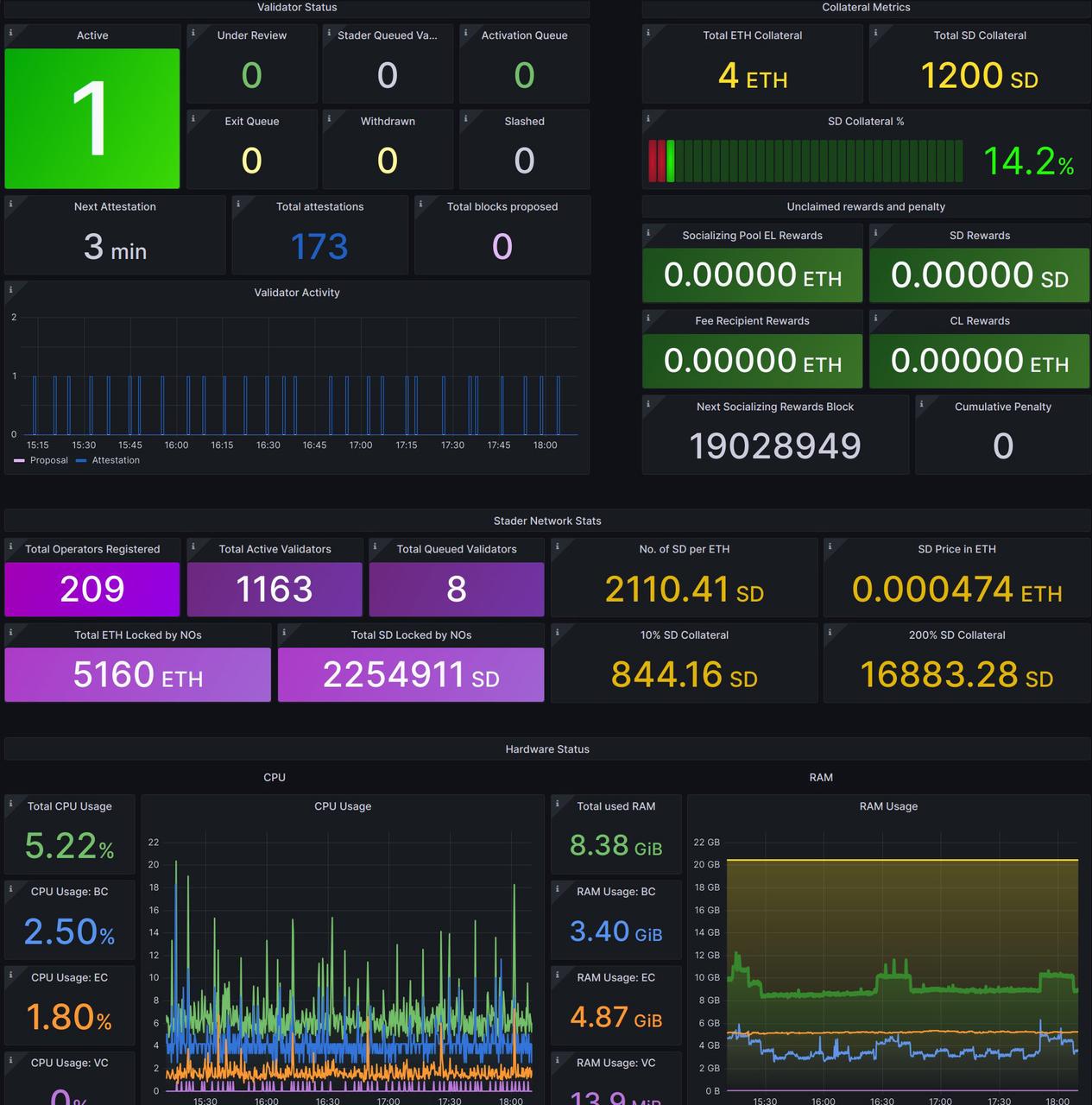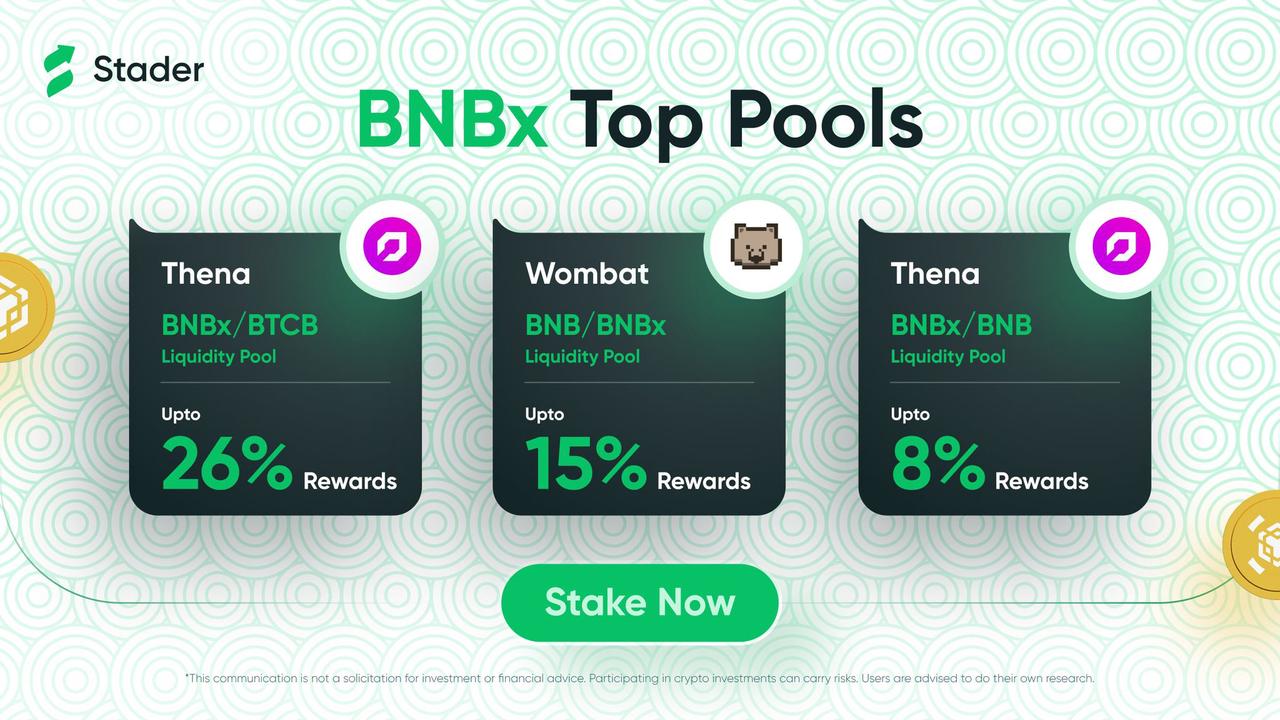In the rapidly developing field of cryptocurrency, the multi-chain staking facility Stader Labs is a leading innovative company, focusing on research and development of blockchain and cryptocurrency technology. Stader Labs' token SD (Stader Digital) has become a star token of great interest in the cryptocurrency market. The SD token not only serves as the core cryptocurrency of the Stader Labs platform, but also plays an important role in the entire digital financial ecosystem, driving various transactions and incentive mechanisms within the ecosystem. The following will introduce the details of this project.
Overview of the application scenarios of SD assets, understanding the future development of its ecosystem
As the native token of the Stader Labs platform, the SD token has many unique features and uses, some of which include:
Node operation support: In order to maintain the security and stability of the network, node operators need to stake SD tokens to participate in the operation of the network. This not only helps protect the network from potential attacks, but also provides an opportunity for node operators to earn rewards.
Incentive mechanism: SD token holders have the opportunity to lend their tokens and receive additional SD tokens as incentives, as well as receive a 10% deposit from node operators. This mechanism encourages the active use and holding of SD tokens.
Token economics: Stader Labs has introduced $xSD, a new token economics that allows SD token holders to stake their tokens to obtain $xSD. $xSD holders will share a certain proportion of protocol income and have protocol governance rights. In addition, $xSD can be exchanged back to SD tokens within 7 days at the real-time exchange rate, providing holders with more flexibility.
Buyback mechanism: The protocol will use a certain proportion of income to repurchase SD tokens and stake them as $xSD, providing some support for the SD token market.
 Stader Labs' TVL data growth chart for 2023
Stader Labs' TVL data growth chart for 2023
However, it should be noted that despite the strong utility and potential of the SD token, it also faces certain market pressures. In addition to the reward mechanism for node operators, the unlocking of team shares of SD tokens began in January of this year, which may have a certain impact on the market price.
Stader Labs' economic model: Launching liquidity staking tokens, but its inflation and transparency are in doubt
Stader Labs is not just a participant in the Layer Relaying Token (LRT) protocol. Two months ago, they launched a liquidity staking token called ETHx, which has attracted deposits of $32 million to date. Although Stader may be slightly late in the LST (LayerStone Token) game, they are still in the early exploration stage of the LRT era.
In the cryptocurrency market, Stader owns the SD token (Stader Digital), making the possibility of airdrops unlikely. However, as the LRT narrative gradually takes hold, the SD token may become an attractive bet.
Stader Labs raised a total of $16.5 million in seed funding and $23.5 million in ICO funding from multiple venture capital firms in 2021/2022, providing them with ample resources and funding to continue advancing the project.
Early investors are unlikely to sell their tokens immediately. The ICO round of financing has been fully unlocked, while seed round investors still have approximately 75% of the tokens locked. Especially with the upcoming launch of SD token staking, do not expect them to sell in the face of future good news.
Soon, we may see the launch of SD token staking on the mainnet to obtain $xSD and participate in governance, with the potential to receive protocol fees (relevant proposals have been made in the governance forum).
 Stader Labs' related data performance
Stader Labs' related data performance
Stader Labs will charge approximately 5% of the staking rewards as fees, and the team has stated that the protocol's annual income is currently $1.2 million. With the launch of ETHx, this figure is expected to increase.
It is important to note that once Stader Labs implements revenue sharing, it will become the first mainstream LSD protocol to adopt a fee conversion model.
In the short term, the degree of inflation of the SD token and how the team controls the token's issuance will be a focus of attention. Although the FDV/mcap ratio of SWISE is relatively high, this did not prevent it from doubling in just 3 days. The Stader Labs team plans to release a monthly token issuance plan on the governance forum.
The final concern is the transparency of Stader Labs. Information such as treasury addresses, token issuance rates, and income should be easily found on their website/documents, but in reality, this information has not been provided. However, after contacting the team, they have stated that they will improve transparency in the future.
ETHx has been included in the upgrade plan of the EigenLayer network, expanding its application scenarios
In the early hours of December 19, 2023, the Ethereum asset re-staking protocol EigenLayer network underwent a notable upgrade, which not only increased the total staking limit of LST (LayerStone Token), but also introduced several new LST tokens, including osETH (StakeWise), swETH (Swell Network), OETH (Origin Protocol), EthX (Stader Labs), WBETH (Binance), AnkrETH (Ankr), and six other tokens. This upgrade made EigenLayer a network supporting 9 different LST tokens, including those supported in the early stages such as stETH (Lido), rETH (Rocket Pool), and cbETH (Coinbase).
However, a key change brought about by this upgrade is that EigenLayer not only set the overall LST staking limit to 500,000 tokens, but also set an individual limit of 200,000 tokens for each LST token, meaning that the maximum staking amount for each LST token is limited to within 200,000 tokens. The current situation shows that the re-staking amount of stETH has already exceeded 170,000 tokens, and once it reaches 200,000 tokens, users will need to choose other LST tokens for re-staking operations. This highlights the market's demand for and diversity of different LST tokens.
 Stader Labs' staking product page
Stader Labs' staking product page
Based on this, the EthX token launched by Stader Labs demonstrates potential returns in the following two aspects:
DeFi protocol partnerships: Data indicates that Stader Labs has already partnered with major DeFi protocols on other chains over the years, including Aave, Balancer, QiDao, QuickswapDEX, Apeswap, and others. Therefore, the EthX token has the opportunity to earn higher returns from these DeFi protocols, providing more attractive rewards for its holders.
Node operator incentives: In order to attract more node operators to join, Stader Labs will provide 1 million SD tokens as incentives for active node operators. Data shows that the total value locked (TVL) of Stader Labs has reached $91 million, while the market capitalization (MC) of SD tokens is $22 million. By entering the Ethereum staking service market, Stader Labs is expanding its ecosystem, which is seen as an important moment in its development. In addition, the SD token has successfully integrated into the Ethereum staking ecosystem, providing additional potential income sources for users staking SD tokens. All of these data highlight the current status and future potential of the Stader Labs market, attracting widespread attention from investors.
The future value of SD assets is worth noting, but participation still requires careful risk management
Overall, the SD token has tremendous potential and is worth close attention. In terms of airdrops, depositing into Swell Network (swETH) may be one of the best opportunities on EigenLayer. This is because the protocol currently does not have a token, which means you may receive airdrops of both Swell tokens and Eigenlayer tokens. It is worth noting that Stader ($SD) is undervalued in terms of market capitalization. Its market capitalization is only $30 million, while its total locked value (TVL) has reached $330 million, ranking fourth in the deposit amount for EigenLayer (ETHx). The Stader Labs team has been continuously working to transition to a model similar to Rocket Pool, allowing validators to borrow SD, thereby providing more income opportunities for SD token holders.
免责声明:本文章仅代表作者个人观点,不代表本平台的立场和观点。本文章仅供信息分享,不构成对任何人的任何投资建议。用户与作者之间的任何争议,与本平台无关。如网页中刊载的文章或图片涉及侵权,请提供相关的权利证明和身份证明发送邮件到support@aicoin.com,本平台相关工作人员将会进行核查。




